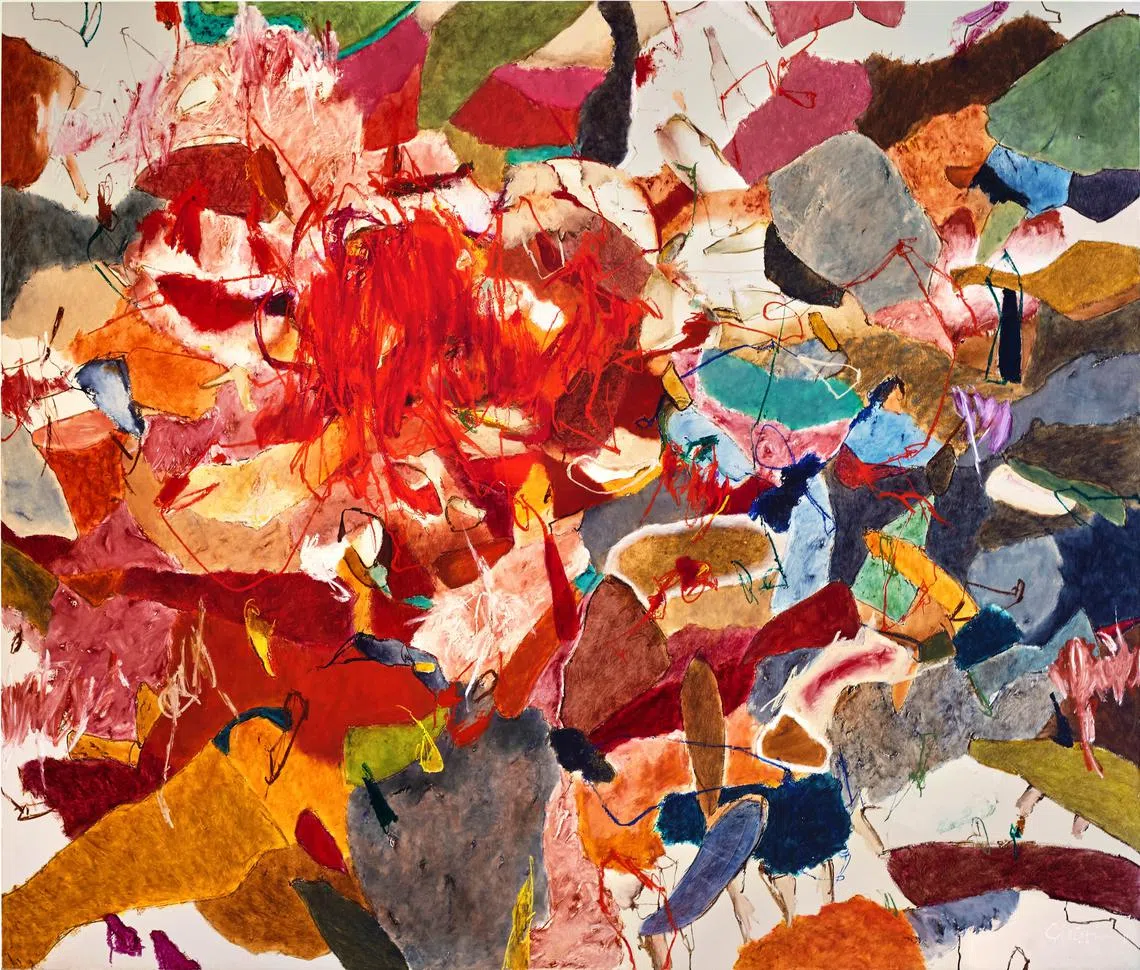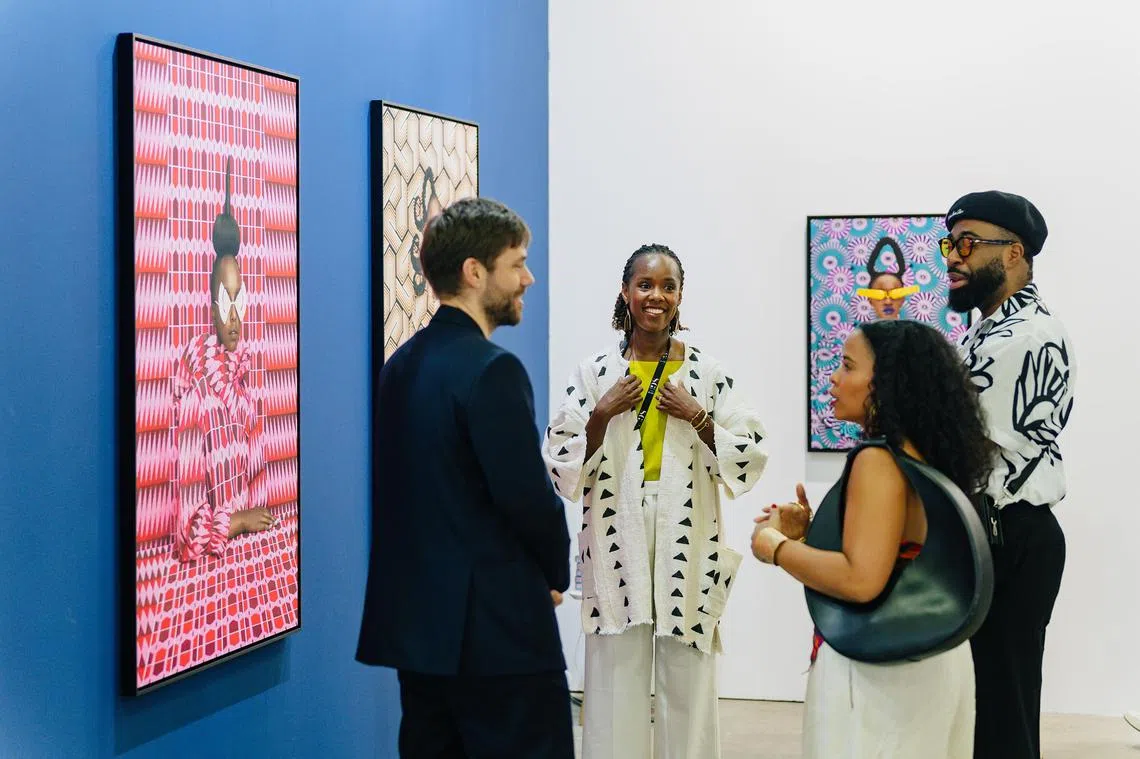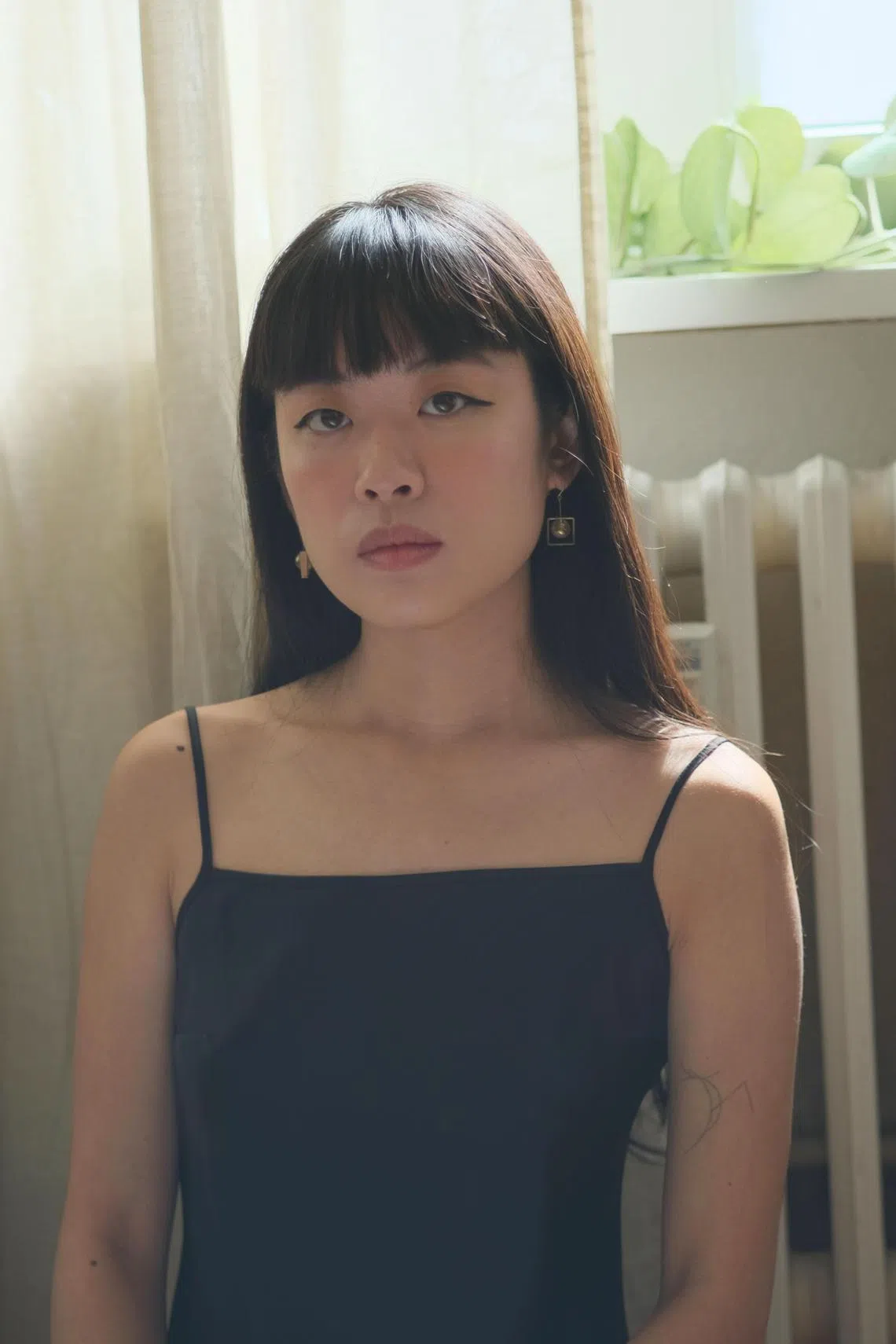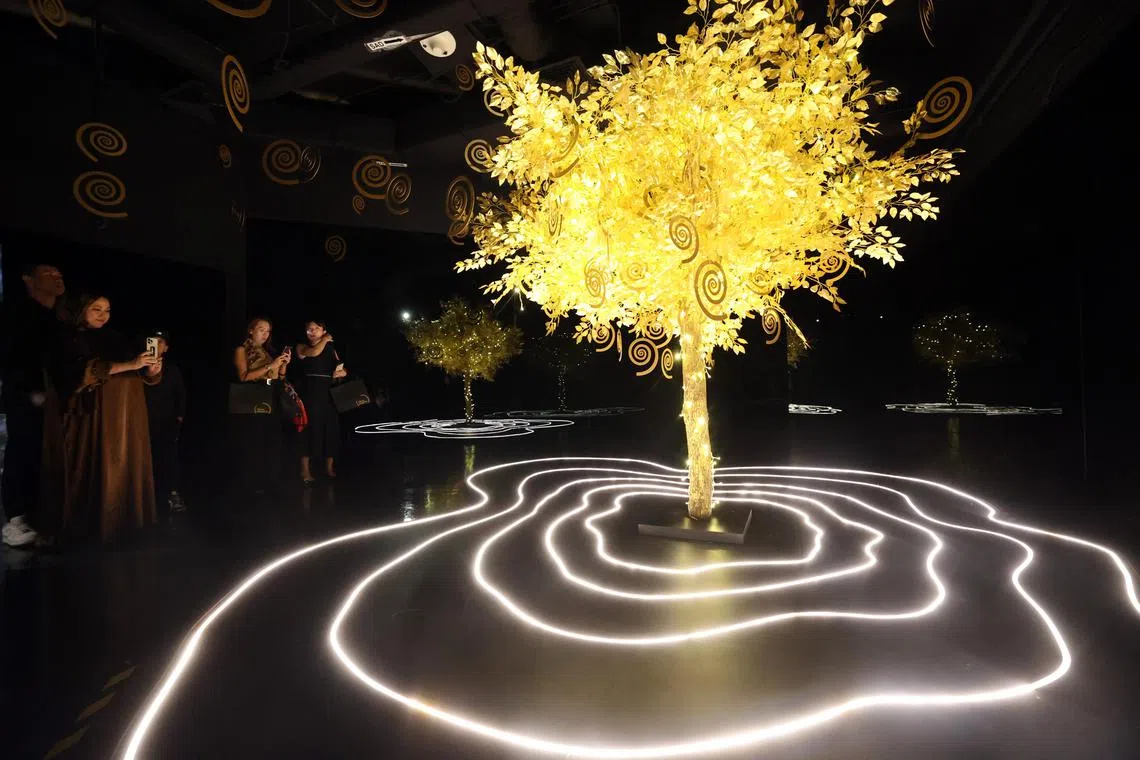Singapore Art Week 2025: Can Singapore be a global art capital?
The city has achieved its goal of becoming the hub of South-east Asia’s market, but ambitions beyond that prove tricky

SINGAPORE Art Week (SAW) 2025 marks key milestones in the Republic’s journey as a regional art hub: Sotheby’s shattered records for South-east Asian artists in its latest auction, boutique fair SEA Focus keeps growing in strength and acclaim, and the Singapore Art Museum continues its role as a platform for regional talent. With these wins, the country’s status as the centre of South-east Asia’s art market is undeniable.
However, its ambition to rival global capitals such as Hong Kong, New York and London remains elusive, hampered by structural and market challenges that look unlikely to be resolved in the near future.
When Sotheby’s concluded its Modern and Contemporary Art auction – held for the first time during SAW – it broke records for artists such as Singapore’s Kim Lim and Indonesia’s IGAK Murniasih (aka Murni) and Christine Ay Tjoe. Ay Tjoe led the way by fetching an impressive S$2.9 million for her canvas. Works by Singapore’s Chen Wen Hsi, Indonesia’s Raden Saleh and Vietnam’s Le Pho also shone by surpassing presale estimates.

But not everything glittered. The auction’s star attraction, Marc Chagall’s 1975 painting La Danse Autour De La Corbeille (starting at S$1.35 million), failed to sell, as did a striking 3 m-by-3 m canvas by American star Mark Bradford, starting from S$2.7 million. The auction’s sell-through rate was about 80 per cent, suggesting buyer caution for higher-priced international pieces.
Meanwhile, SEA Focus, the boutique fair championing South-east Asian artists, delivered one of its finest editions yet. Curated by John Tung, the fair featured many standout works, including Natee Utarit’s hilarious post-colonial paintings of a bespectacled Asian woman causing chaos in Western historical settings, as well as a thoughtful pairing of Sinta Tantra’s abstract pieces with the late Murni’s sublime creations.
Visitors were impressed – and said so on social media. During a panel discussion at Prestige Art Gallery, Chong Huai Seng, co-founder of the art space The Culture Story, took a moment to praise SEA Focus for its impact. He said: “SEA Focus should really look to doubling their capacity next year or in future years, because it has a lot of very interesting artists from the region showing their works there. And the cost of renting a space at SEA Focus is much cheaper (than that of major fairs), making it very attractive for exhibitors.”

Bumps in the road
The story was somewhat different at Art SG, Singapore’s biggest and most glamorous art fair. Presented by Swiss bank UBS, Art SG 2025 saw participation from 105 galleries across 30 countries – a respectable number by most counts, but a decline from its debut in 2023, which featured 164 galleries. Visitor numbers also fell, from 45,300 in 2024 to 41,000 this year.
Mega galleries such as Gagosian, Lehmann Maupin and Thaddaeus Ropac sold works by high-profile artists like Teresita Fernandez and Alvaro Barrington, while White Cube surpassed S$2.5 million with sales of a Georg Baselitz, an Antony Gormley and others. Thaddaeus Ropac’s Asia director Dawn Zhu said the gallery plans to return next year, “with a focus on introducing artists whose audiences in Singapore would not yet be familiar with, or works that relate to exciting forthcoming or current international exhibitions”.
However, there were also strong works by well-known artists that went unsold, and smaller galleries – particularly those unfamiliar with the South-east Asian market – struggled to gain traction. Most sales were in the five and six-figure range, with Cardi Gallery’s sale of a Picasso for US$1.2 million being one of few seven-figure deals.

Despite Singapore’s rising number of ultra-wealthy families – family offices increased from 400 in 2020 to more than 2,000 by 2024 – this has not yet translated into higher art spending. Some gallerists voiced their dismay over the subdued buying activity – though they praised Art SG for its organisational excellence.
Long-time observers point to several obstacles hindering Singapore’s rise as a global art capital comparable to New York, London or Hong Kong. These include the market’s relative immaturity; the absence of a regional hinterland; lower purchasing power among South-east Asian collectors compared with their Chinese, American and European counterparts; 9 per cent goods and services tax (unlike Hong Kong’s tax-free regime); and stringent censorship of the arts.
On the last point, Charmaine Poh’s lyrical short film about queer parenthood in Singapore was given an R21 rating by the government, preventing it from being screened publicly at Sundaram Tagore Gallery’s current exhibition. This restriction stands in stark contrast to the film’s reception at the 2024 Venice Biennale, where it resonated with audiences of all ages. Deutsche Bank subsequently named her Artist of the Year 2025 and will present her solo showcase in Berlin. The film contains no violence, nudity or strong language.

Reasons for optimism
Despite these obstacles, some observers are optimistic about Singapore’s ascendancy in the art world. At the Prestige Art Gallery discussion, fellow panellist Felix Kwok, former head of modern art at Sotheby’s Asia, said: “Singapore doesn’t need to be another Hong Kong, but should focus instead on leveraging the growing wealth in South-east Asia. Its unique strength lies in its access to South-east Asian collectors – whom Hong Kong cannot reach because of the distance.”
He added: “Transforming Singapore’s art scene into a global hub will take time – at least five to 10 years – and demands a sustained effort to build its own ecosystem. Singapore should consider expanding Singapore Art Week into an Art Month, and align art events with major happenings, like the Formula 1 season, to draw bigger international crowds.”

Art Galleries Association Singapore president Audrey Yeo holds similar views. At the start of SAW, the association organised a buffet lunch for its counterparts from Indonesia, Taiwan, Hong Kong and other territories. The event was aimed at providing a friendly platform for fellow gallerists to share insights into emerging trends, collector preferences and best practices.
Yeo, who is the founder of Yeo Workshop, said: “The gallery business is a grinding, long-term business. We invest a lot in cultivating artists’ careers, fostering connections with prospective collectors, and helping build ecosystems to encourage arts patronage and future revenue. Outside of Art Week and the art fairs, there are a lot more activities that we do all-year round (such as Singapore Gallery Month) that also contribute to making Art Week a success.”
Everyone agrees that Singapore has made strides – but claiming a global art capital title is an ongoing climb.

Various events of Singapore Art Week, such as SEA Focus, run till Jan 26. Other events, such as Gustav Klimt: Falling In Gold, extend beyond that.
Decoding Asia newsletter: your guide to navigating Asia in a new global order. Sign up here to get Decoding Asia newsletter. Delivered to your inbox. Free.
Copyright SPH Media. All rights reserved.

